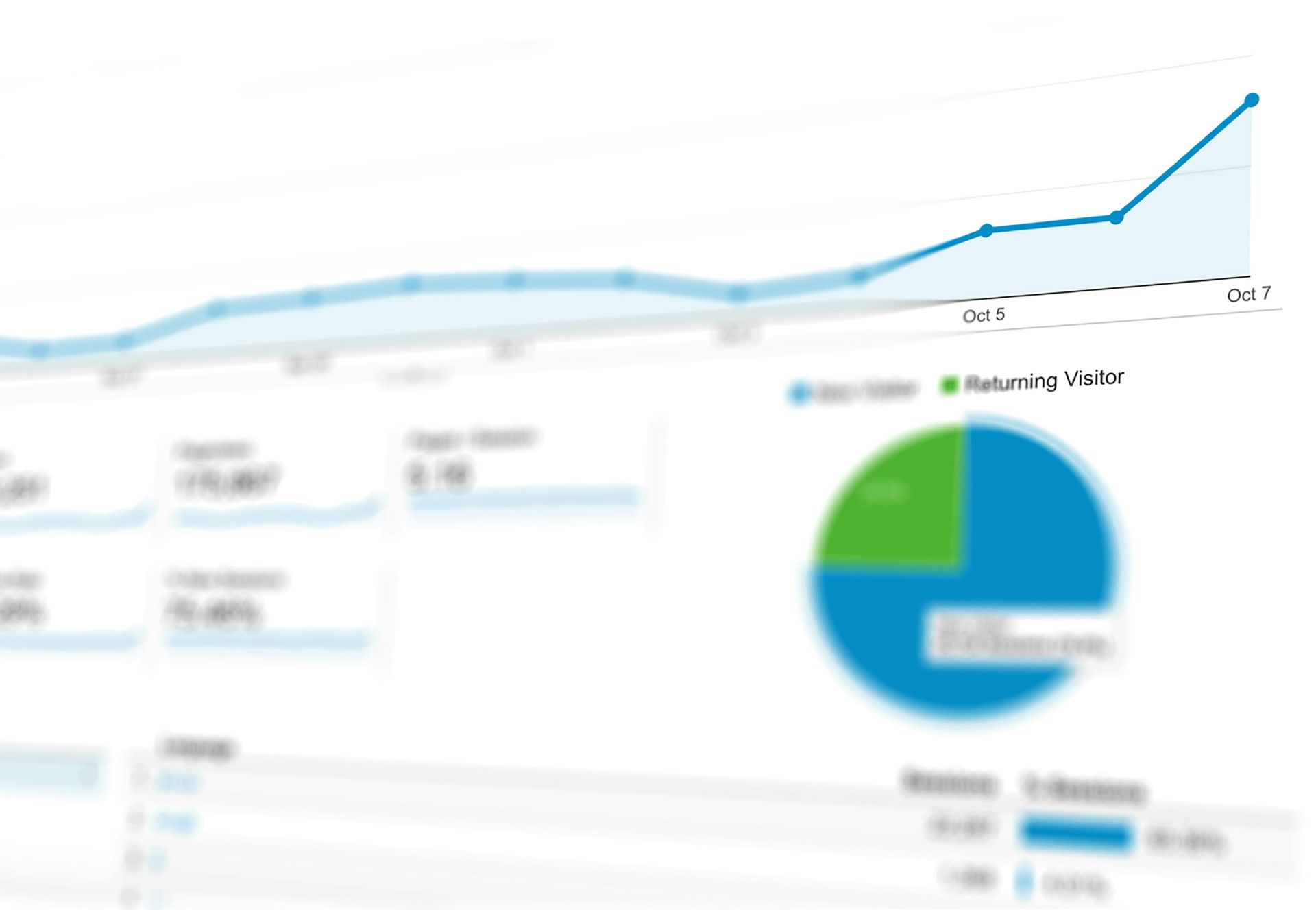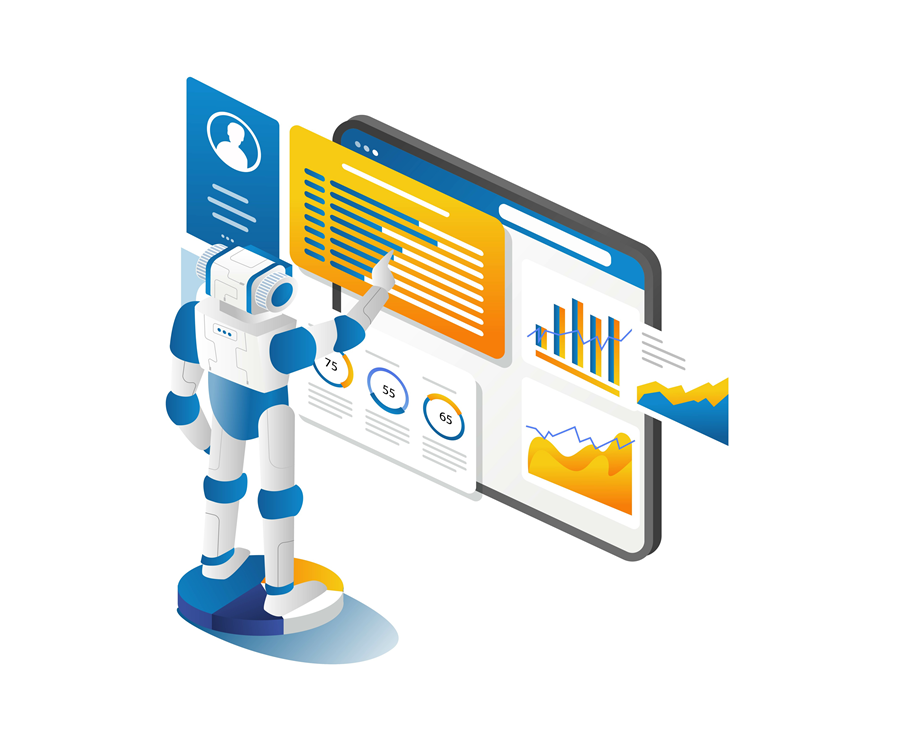The Rise of AI Shopping Search Engines: What Sites Like Perplexity.ai and AI Evolution Mean for Google and Your Business
The digital shopping landscape is undergoing a seismic shift. Traditional powerhouses like Google have long dominated the arena of product search and discovery, but the emergence of new players, such as Perplexity.ai and other AI-driven shopping search engines, signals a profound change.
These innovations are not only expanding the pie of e-commerce opportunities but are also reshaping how businesses must approach their online presence. Here, we explore what this evolution means for the likes of Google, the new entrants in the field, and why businesses need to adapt by optimizing their product feeds for the AI-driven era.
A New Wave of Shopping Search Engines
Shopping search engines, also known as shopping aggregators or comparison tools, provide consumers with the ability to search, compare, and purchase products from multiple retailers in one seamless experience. While Google Shopping has long been a leading platform in this space, its monopoly is being challenged by a growing cohort of innovative AI-driven platforms such as Perplexity.ai/shopping.
Perplexity.ai leverages advanced artificial intelligence to enhance the shopping experience. It uses natural language processing (NLP) and machine learning to better understand user intent, making product recommendations more accurate and personalized. Consumers can ask complex queries—like, "What are the best laptops under $1,000 for graphic design?"—and receive tailored responses that include product listings, specifications, and pricing.
This evolution represents a shift from traditional keyword-based searches to more conversational and context-aware interactions. As more players enter this space with unique algorithms and approaches, the competition for consumer attention is intensifying, providing new opportunities for businesses to showcase their products.
What This Means for Google
For years, Google has been the go-to destination for shopping searches, with its Shopping tab and Google Ads dominating the space. However, the rise of AI-powered competitors is forcing Google to innovate further. The company is doubling down on AI advancements to maintain its lead—from enhancing Google Shopping’s recommendation algorithms to integrating conversational AI capabilities like Gemini (formerly Bard).
Yet, Google’s dominance is no longer a given. New entrants like Perplexity.ai are nimble, often less encumbered by legacy systems, and more focused on AI-first experiences. This competition is creating a more diverse and dynamic ecosystem, which is good news for consumers but also a wake-up call for businesses relying solely on Google for product visibility.
Why an Optimized Product Feed is Essential
As the shopping search landscape diversifies, the importance of a well-optimized product feed cannot be overstated. Product feeds are the foundation of how your products appear across various platforms, including Google Shopping, Perplexity.ai, and other emerging search engines. An optimized product feed ensures your products are accurately represented, easily discoverable, and competitive in search results.
WebStoreSEO is uniquely positioned to help businesses navigate this changing landscape. As part of its comprehensive eCommerce SEO strategy, WebStoreSEO offers expert services in creating and optimizing product feeds. By leveraging industry best practices and advanced tools, WebStoreSEO ensures that your product data is clean, consistent, and fully optimized to meet the requirements of both established platforms like Google Shopping and emerging AI-driven search engines. This not only boosts product visibility but also enhances conversion rates, giving your business a competitive edge.
Here’s why optimization is critical in the AI-driven era:
- Better Understanding by AI Algorithms: AI-powered shopping search engines rely on structured data to analyze and present products. A well-organized feed with complete and accurate information—such as product titles, descriptions, pricing, images, and availability—allows these algorithms to index and display your products more effectively.
- Improved Visibility Across Platforms: With multiple players in the market, your products need to be visible not just on Google but also on other platforms like Perplexity.ai. A high-quality product feed increases your chances of being featured prominently, regardless of the platform.
- Higher Conversion Rates: Accurate and detailed product information builds trust and reduces friction for shoppers. When consumers find exactly what they’re looking for quickly, they’re more likely to complete a purchase.
- Enhanced Competitiveness: Many AI-driven platforms prioritize feeds with enriched data—such as product reviews, ratings, and additional specifications. Businesses that invest in creating robust feeds are more likely to outshine competitors.
Best Practices for Optimizing Your Product Feed
To ensure your products are picked up and showcased effectively by shopping search engines, follow these best practices:
- Use Descriptive Titles: Include relevant keywords, product attributes, and brand names to make your listings easily searchable.
- Provide Comprehensive Descriptions: Detail the features, benefits, and use cases of your products to help AI algorithms and shoppers understand their value.
- Include High-Quality Images: Visual appeal plays a significant role in attracting clicks and conversions.
- Maintain Accurate Inventory Levels: Ensure your feed reflects real-time availability to avoid disappointing potential buyers.
- Incorporate Structured Data Markup: Use schema.org markup on your website to enhance the discoverability of your products by AI-powered bots.
- Leverage Automation Tools: Use tools like feed management software to keep your product data clean, consistent, and up-to-date.
The Future of Shopping Search Engines
The rapid evolution of AI and its integration into shopping search engines heralds an exciting future. As conversational commerce and personalized recommendations become the norm, businesses will need to adapt quickly to remain competitive. By embracing these changes and optimizing their product feeds, companies can position themselves for success in this new era.
While Google may still be a dominant force, the growing diversity in the shopping search engine market offers fresh opportunities for businesses to reach new audiences. Platforms like Perplexity.ai are proving that innovation and customer-centric design can disrupt even the most entrenched players. For businesses, the key is to stay agile, embrace AI-driven opportunities, and invest in tools and strategies that make their products shine in this expanding digital marketplace.
By focusing on feed optimization and staying ahead of trends, your business can thrive in the dynamic world of AI-powered shopping search engines. Want to learn more about how WebStoreSEO can help you? Contact us!
eCommerce SEO Blog

































